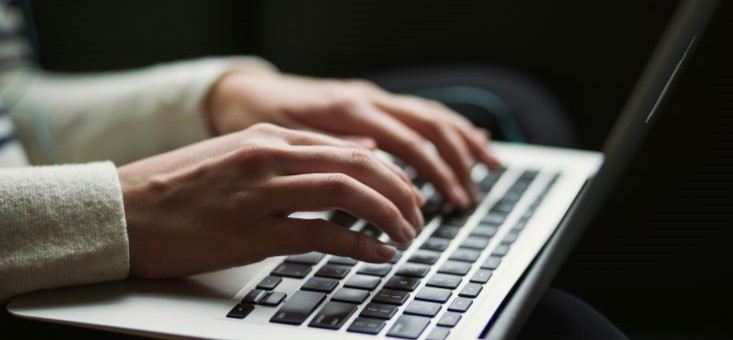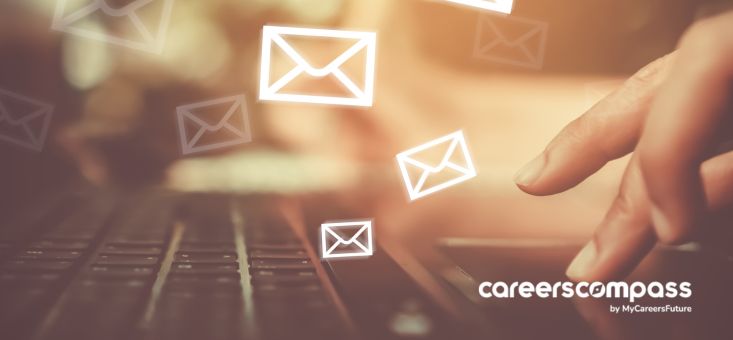Email has become the lifeblood of communication in today’s fast-paced workplace. It’s the digital thread that weaves together every project, conversation and client interaction. Yet, despite its ubiquity, mastering the art of email etiquette remains a critical and often overlooked aspect of professional development.
Mastering email etiquette is crucial. Being too casual can backfire, but overly formal emails may seem intimidating. Let’s dive into email nuances to boost your professional image and strengthen workplace relationships.
First, what is email etiquette?
Email etiquette is a guideline for professional and respectful communication via email. This includes clear, concise emails that convey the message effectively. It involves considering tone, language, subject line, email length, and grammar.
Why is email etiquette important in the workplace?
Good email etiquette is crucial for effective workplace communication and fostering positive relationships. By using proper email etiquette, you can enhance professionalism, prevent misunderstandings, and improve response rates.
Email etiquette you should know

Now let’s take a look at the 15 core principles of email etiquette that professionals should know:
Use a clear and concise subject line
Your subject line should accurately summarise the content of your email and grab the recipient’s attention. A subject line like “Meeting Request: Monday, 2nd April at 2 PM” is clear and specific.
What to avoid: Don’t use vague subject lines like “Hi” or “Just a question.” Or a subject line that reads “URGENT” without any further context or explanation. This only confuses and doesn’t provide any useful information to the recipient.
Greet the recipient appropriately
Address the recipient with a salutation that fits the context of your email. Try to find the recipient’s name, and ensure the spelling is correct. For example, “Dear Professor John” works for a formal email with their proper title and name, while “Hi Sarah” is more casual.
What to avoid: Generic greetings like “To Whom It May Concern” or “Hey you” and “What’s up?”, which are too informal and lack professionalism.
Introduce yourself if necessary
If the recipient doesn’t know you, briefly introduce yourself and provide context for your email. For example, “I’m John, a new hire on the marketing team. I’m reaching out to you about the upcoming project.”
What to avoid: Starting an email with “I don’t think we’ve met, but…” and then launching into the purpose of the email can be off-putting to the recipient.
State your purpose clearly
Get straight to the point and explain why you’re emailing. For example, “I’m emailing to request a meeting to discuss the budget for next quarter.” or “I’m having trouble understanding the data presented in Figure 3 of the sales report. Could you please clarify…?”
What to avoid: Making the recipient search for the reason behind your email with unnecessary details or rambling. Sending an email without a clear purpose or call to action can frustrate the recipient. It’s essential to clearly state the reason for your email and what you’re hoping to achieve.
Proofread carefully before sending
Read through your email carefully to catch any typos or grammatical errors. Mistakes can make you look unprofessional or careless.
What to avoid: Sending an email with misspelt words or improper grammar.
Use a professional tone
Your email should be professional and respectful. Keep in mind that emails can be forwarded to others, so be mindful of your tone.
What to avoid: Flippant or informal language that wouldn’t be appropriate in a business setting. Slang or inappropriate language in a business email can offend the recipient and damage your professional reputation.
Keep it concise
People are busy and do not have time to read long emails. Keep your message brief and to the point.
What to avoid: Don’t write long, rambling emails. Writing an email that is several paragraphs long without getting to the point can be frustrating for the recipient.
Use a professional email address
Always use a professional email address for business correspondence.
What to avoid: Avoid using nicknames or unprofessional terms, such as “coolgirl92”, which can make you appear immature and unprofessional.
Use BCC strategically
Use BCC when necessary to hide email addresses from other recipients. This is important when emailing a large group of people who may not want their email addresses shared. Only use BCC when necessary, and always be transparent about who receives the email.
What to avoid: BCCing someone on an email without their knowledge can be deceptive and violate recipients’ privacy.
Be mindful of replying to all
You may ask yourself: “Does my response need to go to everyone on this email chain?” before deciding to “reply to all”. If it’s just an acknowledgement, thanks, or “me too” response, a reply to the sender might be sufficient.
What to avoid: Utilising “Reply All” to an email that doesn’t require a response from everyone
Use attachments sparingly
Only attach files that are necessary and relevant to your email. Keep in mind that large attachments can take up a lot of space in someone’s inbox.
What to avoid: Sending an unnecessary large attachment without warning the recipient can cause their email to crash or slow down.
Use a clear and consistent font style
Use a standard font that is easy to read, such as Arial or Times New Roman.
What to avoid: Using unusual fonts or font colours that can be difficult to read.
Be mindful of formatting
Use proper indentation, spacing, bullet points, and tables to improve readability. This can make your email easier to read and understand.
What to avoid: Sending an email with poor formatting, such as long paragraphs or lack of spacing, can make it difficult to read and frustrating for the recipient. Use proper formatting to make your email easy to scan and read.
Avoid using all-caps
Use capitalisation appropriately for emphasis.
What to avoid: Typing in all caps can be seen as shouting and is considered rude in email etiquette.
Respond promptly
Aim to respond to emails within 24-48 hours unless you have a specific reason for delaying your response. This shows that you’re professional and respectful of the recipient’s time.
What to avoid: Ignoring an email for days or weeks can make you appear unprofessional and unreliable. Always respond to emails in a timely manner, even if it’s just to let the recipient know that you’re working on a response.
By adhering to these fundamental principles of email etiquette, professionals can guarantee that their emails are clear, polished, and positively received.
Effective email communication is crucial in today’s dynamic business environment. Following these guidelines can assist professionals in cultivating strong relationships with clients, coworkers, and other relevant parties.
![]()















